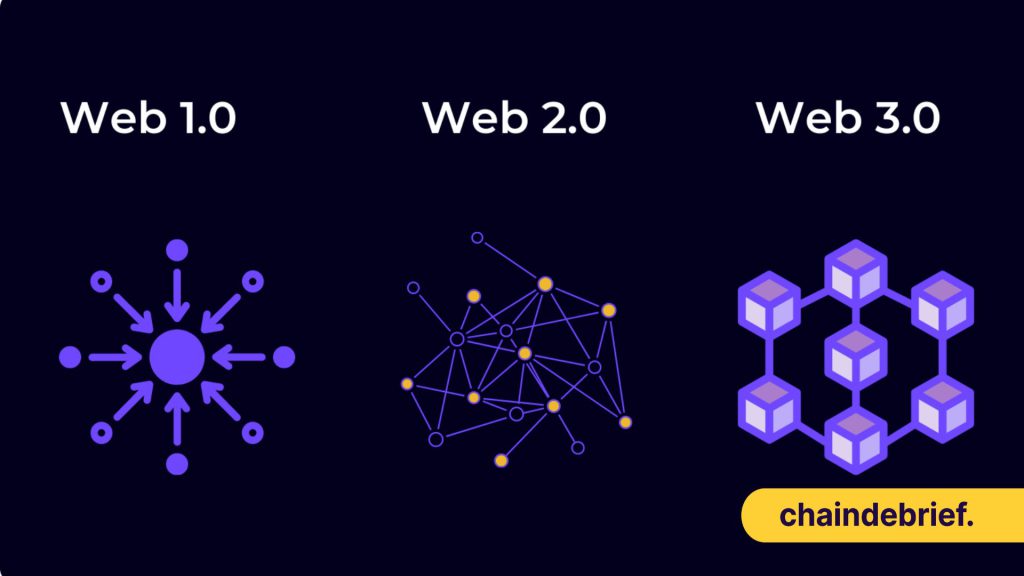Disclaimer: This article was written by Prakash Somosundram, CEO and Co-Founder of EnjinStarter, for Chaindebrief.
___________________________________________
“The actions of bad actors and a lack of practical knowledge are holding companies back“
Web3’s learning curve has been steep. Unlike Web2, which became obsessed with usability and convenience, Web3 has introduced a set of solutions that, while valuable in other ways, are objectively more difficult to understand and derive value from.
As one might expect, we’ve seen Web3 solutions respond by spending significant effort improving their usability. Unfortunately, Web3 knowledge hasn’t evolved in the same way.
Why not? Because so much of the mainstream understanding and acceptance of Web3 has been tainted by scams, hacks, technical jargon, price volatility, and regulatory issues. There are enough bad actors working against the interests of the industry as a whole that it has had a profound effect on mainstream adoption.
Sadly, the only time Web3 knowledge really moves forward is at the top of the hype cycle.
More than hype
Some of us in the industry have since recognized that Web3 needs a lot more than hype to drive adoption.
What it needs is clarity.
How can a company even begin to consider adopting Web3 solutions when the prevailing knowledge available on the internet was so tech-centric or fear driven? Practical knowledge—the kind of knowledge that gets people experimenting and running pilots—is sorely lacking. It feels as if Web3 is protected by a moat. Instead of helping companies learn to swim or build a raft, we’re focused on trying to explain the composition of the water.

At the same time, the general fixation on the perceived dangers of Web3’s underlying technologies has kept companies away. Self-custody of assets, for example, can be simultaneously smart and risky, depending on whom you speak with. And that’s not even to mention private key management, which continues to make Web3 feel like the wild west for all but the most grizzled of veterans.
Combine that with the scams and scandals, and you suddenly have an industry that is easier to avoid than engage with.
Connection between solution and value
This is in stark contrast to Web2, where, despite its ills, the connection between solution and value is generally well understood. People may not know how to run a successful Instagram campaign, but they do know the value that a successful campaign can bring.
This is not yet true in Web3. There isn’t, for example, a generally accepted connection between a metaverse presence and the value it can bring.
It’s why we developed the Afterburner Web3 education program and are partnering with Web3 service providers such as LandVault. We need, as an industry, to help our potential customers evolve their knowledge of what Web3 can do and the value it can deliver. We need to stop relying on the machinations of volatile token prices to drive interest in the solutions we’ve spent years developing.
The reality is that making Web3 solutions usable and convenient isn’t enough. Now is the time to confront the issues of security, criminality, and technical jargon so that businesses have a comprehensive and rational understanding of Web3. This will ultimately lead to better decision making and a healthier industry.
It worked for Web2, so there’s no reason it can’t work for Web3.
Also Read: Here’s How Blockchain Can Fix Bank Runs
[Editor’s Note: This article does not represent financial advice. Please do your research before investing.]
Featured Image Credit: World Economic Forum
Edited by: Yusoff Kim



































